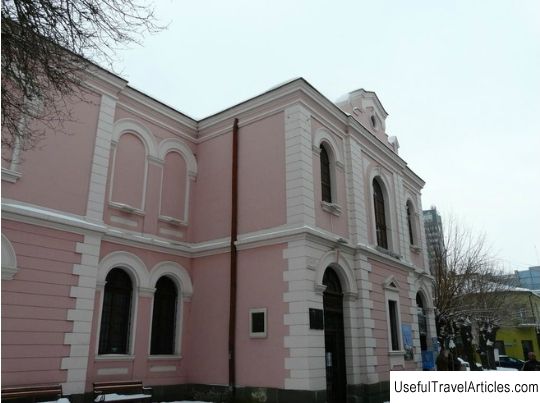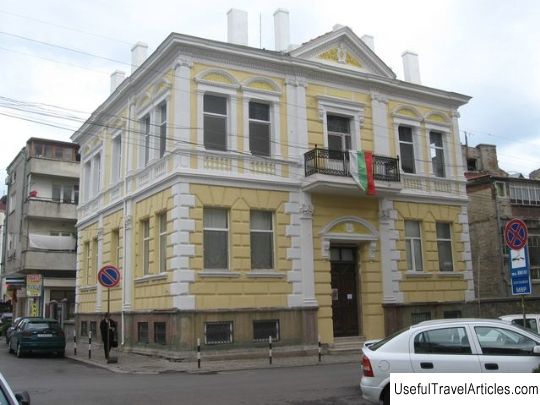Burgas Archaeological Museum description and photos - Bulgaria: Burgas
Rating: 8,0/10 (1023 votes) 
Burgas Archaeological Museum description and photos - Bulgaria: Burgas. Detailed information about the attraction. Description, photos and a map showing the nearest significant objects. Photo and descriptionThe Archaeological Museum of the city of Burgas is a branch of the Regional City History Museum, which also includes the Ethnographic and Natural Science Museums. The Archaeological Museum is located in the premises of the former women's gymnasium. The building was built in 1894, the author of the architectural project is the Swiss Herman Mayer, who mainly worked on projects for bank buildings in Plovdiv, Ruse and Sofia. The museum exhibits items indicating the existence of prehistoric settlements (approximately IV-V centuries BC), as well as various items related to the Roman Empire, ancient Thracian cities, Greek colonies on the Black Sea ... The oldest finds are tools made of stone, flint and bone from the Neolithic and Eneolithic times. All this was found by scientists in the burial mounds. In addition, settlements of the Bronze Age era (about the 3rd century BC) were found in the Burgas Bay, now sunken. An interesting find was the multitude of stone anchors from small to gigantic - they testify to the fact that shipping in the bay was developed in the early era. Not far from the modern naval base south of Burgas was the ancient settlement of Antiy, where a statue of Apollo was found, also brought to the Archaeological Museum. The third hall of the museum contains the most interesting exhibits. Here we are talking about the Thracian cults during the period of Roman rule in Thrace, this refers to the period from the 1st to the 3rd century. In the burial mound, various ritual figurines made of clay were found; there is also the burial of the Thracian priestess Lessepra. The collection of the museum also includes marble reliefs and figurines of deities, in the first place among which is the Thracian horseman. The museum also contains coins, ceramics and jewelry that were found 18 km from the city, in the area of modern the village of Debelt, where there used to be the ruins of Deultum - an ancient city. In addition to the inside, the museum also has an external exposition. It is worth noting the unique Thracian dolmen tomb (XIII century BC) as the most valuable museum exhibit. The guests of the museum are also invited to view the gravestone and memorial steles made of marble associated with the peoples that lived in these parts from the 17th to the 20th century: Bulgarians, Jews, Turks, Armenians, Greeks.      We also recommend reading Porta Borsari gate description and photos - Italy: Verona Topic: Burgas Archaeological Museum description and photos - Bulgaria: Burgas. |




